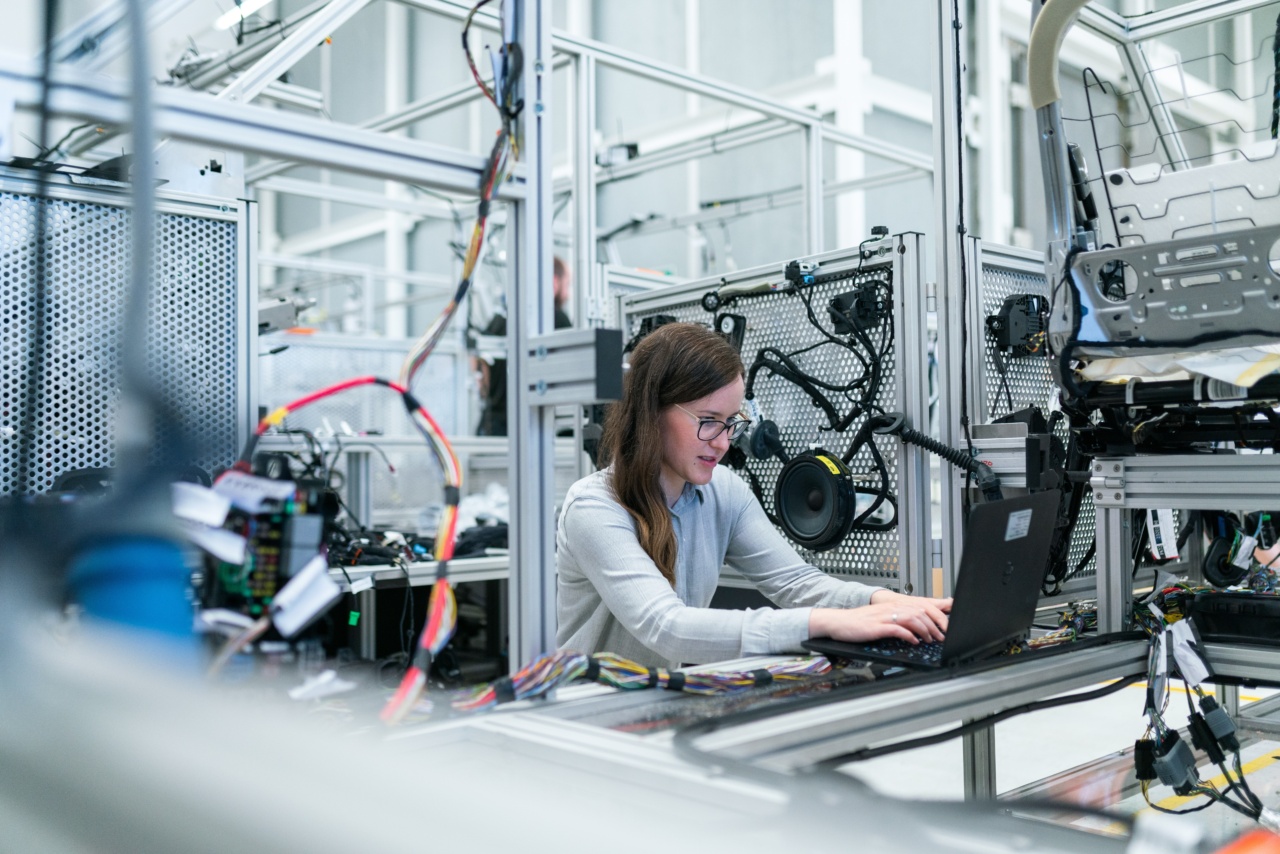In vitro fertilization (IVF) has become the go-to option for couples who have trouble conceiving naturally. IVF technology has improved tremendously in recent years, offering new hope to couples who are struggling with infertility.
Thanks to advanced research and development in the field, patients are benefiting from more efficient and less invasive IVF techniques.
1. Better Egg Retrieval Techniques
Egg retrieval is a crucial step in IVF, as it determines the number of viable eggs for fertilization. Advanced imaging techniques, such as ultrasound, help fertility specialists locate the eggs more easily.
Additionally, the use of a soft catheter during egg retrieval has minimized the risk of damage to the eggs and the surrounding tissue.
2. Pre-Implantation Genetic Testing (PGT)
Pre-implantation genetic testing (PGT) is a breakthrough in IVF technology that offers genetic screening of embryos before implantation.
PGT involves testing the genes of an embryo through biopsy before implantation to determine if it has genetic abnormalities. With PGT, couples can reduce the risk of genetic disorders in their children and prevent the transmission of hereditary diseases.
3. Time-Lapse Monitoring
Time-lapse monitoring is an advanced technique that provides fertility specialists with a real-time view of embryo development. This allows specialists to decide the optimal time for embryo transfer, resulting in a higher success rate.
With time-lapse monitoring, fertility specialists can observe the embryo’s growth and development at regular intervals, and thus, increase the quality of IVF procedures.
4. Blastocyst Culture
Advanced IVF is now using blastocyst culture, which entails growing the embryo for five or six days after fertilization, before transferring it to the uterus.
This technique increases the chances of success in IVF, as it allows fertility specialists to identify high-quality embryos with greater accuracy. Additionally, blastocyst culturing also enables synchronization of the embryo transfer process with the female reproductive cycle.
5. Intra-Cytoplasmic Sperm Injection (ICSI)
Intra-cytoplasmic sperm injection (ICSI) is another recent development in the IVF process that offers hope to couples with male fertility issues.
The procedure involves injecting a single sperm cell directly into the egg during fertilization, bypassing any abnormalities or issues with sperm quality. ICSI offers a higher success rate to men with sperm disorders or low sperm count.
6. Artificial Intelligence (AI)
Artificial intelligence (AI) is slowly changing the way IVF is performed by helping fertility clinics make better decisions.
Utilizing AI, the algorithm can screen egg fertility, thereby selecting the best egg for fertilization, and analyzing embryo development. AI technology can identify embryos that are more likely to implant and develop into healthy babies, paving the way for personalized treatment options.
7. Mitochondrial Replacement
Mitochondrial replacement is a relatively new IVF technique that reduces the risk of genetic diseases transmitted through the mother.
This technique involves replacing the mitochondria of the mother’s egg with that of a healthy donor’s egg, before fertilization. The embryo formed via mitochondrial replacement technique then carries genetic information from the mother and father while avoiding hereditary mitochondrial diseases.
8. Non-Invasive Embryo Selection Techniques
Non-invasive embryo selection techniques, such as metabolomics and proteomics, help fertility specialists select the best quality embryos for implantation.
These techniques analyze the various metabolic and protein outflows from the developing embryos and determine the healthiest, most suitable one for implantation.
9. Cryopreservation
Cryopreservation is an IVF technique in which embryos or eggs are frozen and stored for future use.
Cryopreservation technology offers many benefits, including the ability to retrieve frozen eggs and embryos at a later date, and the ability to preserve fertility in cancer patients who will undergo chemotherapy. Additionally, with cryopreservation, couples can have more opportunities for embryo transfers and increased chances of success.
10. Single Embryo Transfer (SET)
Single embryo transfer (SET) is an IVF technique that aims to reduce the risk of multiple pregnancies without compromising the success rate of the IVF process.
With SET, fertility clinics can transfer only one embryo instead of multiple, reducing the risk of complications during the pregnancy. This technique is especially useful for couples who have a limited supply of viable eggs or who are at risk of developing complications during pregnancy.































